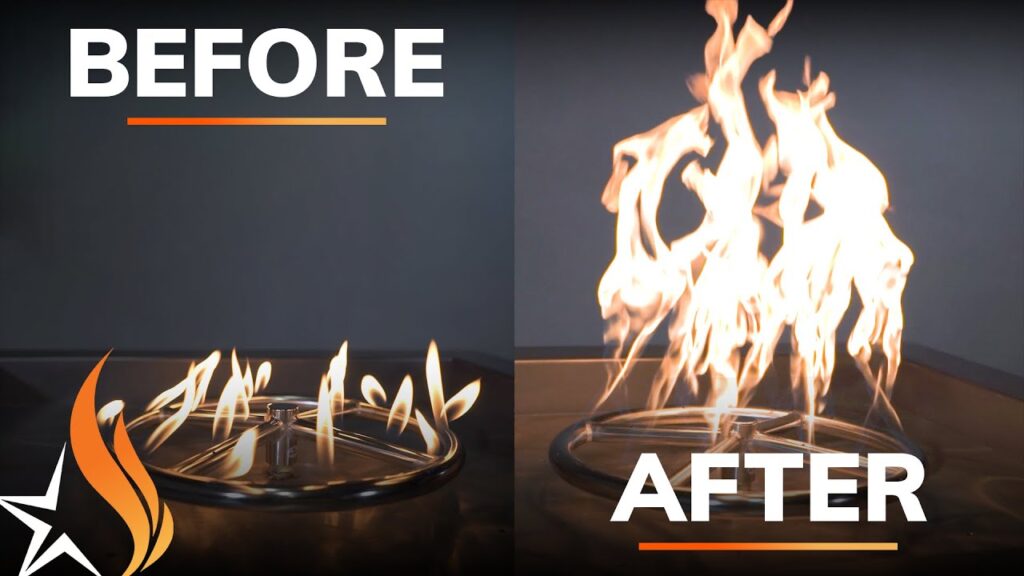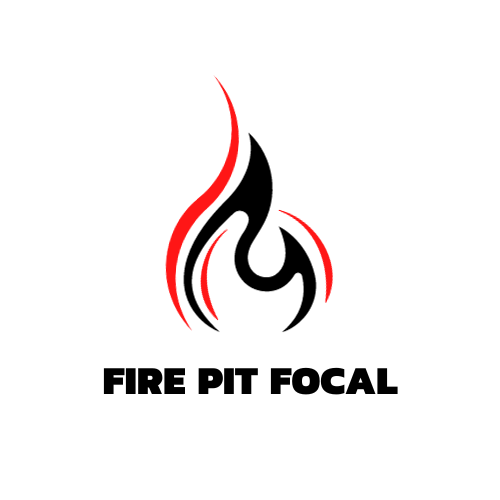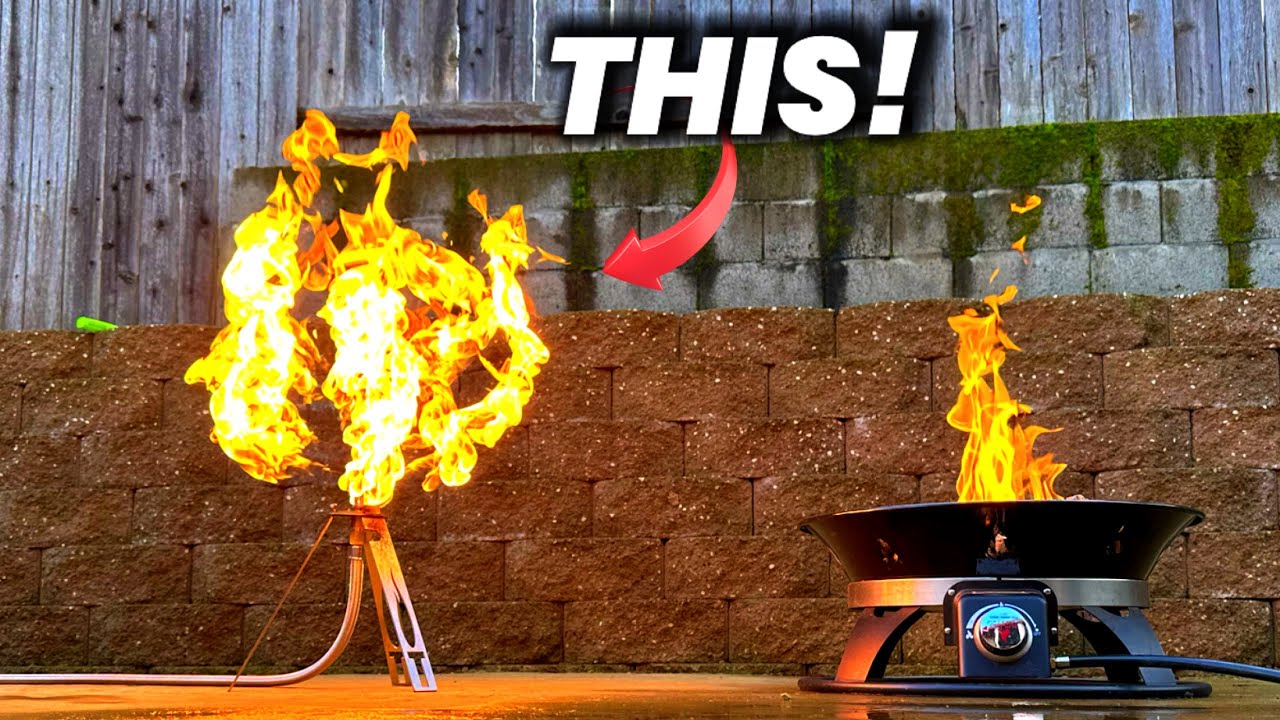Imagine sitting around a cozy fire pit with friends on a chilly evening, roasting marshmallows and sharing stories. The ambiance of a flickering flame can bring warmth and comfort to any outdoor gathering. But what if you want to adjust the flame height on your propane fire pit to create the perfect atmosphere? In this article, you will discover some simple and effective tips on how to control the flame height, allowing you to create the ideal setting for your outdoor gatherings.
Understanding the Propane Fire Pit
A propane fire pit is a fantastic addition to any backyard or outdoor living space. It provides a beautiful and warm ambiance, perfect for gatherings or just relaxing evenings alone. But to truly enjoy the experience, it’s essential to understand how to control the flame height and optimize the overall performance of your propane fire pit. By fully comprehending the different types of propane fire pits and their components, you’ll be well-equipped to make the most of your outdoor fire pit experience.
Types of Propane Fire Pits
Propane fire pits come in a variety of styles and designs, catering to different preferences and needs. The most common types include table fire pits, standalone fire pits, and fire pit tables. Table fire pits are compact and portable, making them ideal for small spaces or camping trips. Standalone fire pits, on the other hand, are larger and offer a more significant flame presence, creating a mesmerizing focal point in any outdoor setting. Lastly, fire pit tables combine the practicality of a table with the warmth and ambiance of a fire pit, enabling you to enjoy a cozy fire while having a surface to place your drinks and snacks. Understanding the type of propane fire pit you have will help inform your approach to controlling the flame height.
Components of a Propane Fire Pit
To control the flame height of your propane fire pit effectively, it’s crucial to familiarize yourself with its components. Key components include the control knob, gas regulator, air intake, and optional flame tamers or flame guards. Each component plays a vital role in adjusting the flame height and maintaining the desired level of heat. By understanding these components, you’ll gain the confidence and knowledge needed to control the flame height of your propane fire pit effortlessly.

Controlling Flame Height
Now that we have a solid foundation of understanding propane fire pits, let’s delve into the various methods you can employ to control the flame height.
Using the Control Knob
The control knob is typically located near the base or side of your propane fire pit. This knob allows you to increase or decrease the flow of propane and, consequently, the flame height. To control the flame height using the control knob, turn it clockwise to increase the flame and counterclockwise to decrease it. It’s essential to make gradual adjustments to avoid sudden changes in flame height, ensuring a smooth and enjoyable fire pit experience.
Adjusting the Gas Regulator
The gas regulator is responsible for regulating the pressure of propane flowing into the fire pit. To control the flame height, you can adjust the gas regulator according to your preferences. If you desire a higher flame, gradually increase the pressure by turning the regulator clockwise. Conversely, to reduce the flame height, turn the regulator counterclockwise. It’s important to note that not all propane fire pits allow for gas regulator adjustments. In situations where adjusting the regulator is not possible, other methods can be used to achieve the desired flame height.
Modifying the Air Intake
The air intake controls the oxygen supply to the propane fire pit, which affects the quality and height of the flame. By modifying the air intake, you can influence the flame height of your fire pit. Opening the air intake vents will increase the oxygen supply, resulting in a higher flame. Conversely, closing the vents will reduce the oxygen supply, causing the flame to decrease in height. It may take some trial and error to find the right balance, but adjusting the air intake is an effective way to control the flame height.
Using Flame Tamers or Flame Guards
Flame tamers or flame guards are optional components that can be added to your propane fire pit to help control the flame height. These accessories act as barriers between the flame and the surrounding environment, preventing the wind from adversely affecting the flame. By providing a shield, flame tamers or guards can help maintain a steady flame height even in windy conditions. Additionally, flame tamers or guards enhance safety by reducing the risk of accidental contact with the flame. Consider using these accessories if you frequently encounter windy conditions or if you prioritize safety.

Practical Tips
In addition to understanding the different methods of controlling the flame height on a propane fire pit, there are a few practical tips that can further enhance your fire pit experience.
Start with a Low Flame
To establish a controlled and safe fire, it is advisable to start with a low flame height. Gradually increase the flame height as desired, taking the time to find the optimal level for your specific circumstances. Starting with a low flame allows you to make adjustments more easily and prevents the fire from becoming too overwhelming.
Monitor the Flame Color
While controlling the flame height, it’s crucial to monitor the color of the flame. A natural propane flame should have a blue color with a hint of yellow at the tip. A consistent blue flame indicates that the air-fuel mixture is appropriate, ensuring efficient combustion and a safe fire pit experience. If the flame appears predominantly yellow or orange, it may be a sign of an improper air-fuel mixture or a faulty propane fire pit. In such cases, it’s best to consult the manufacturer or a professional for assistance.
Keep the Fire Pit Clean
Regular maintenance and cleaning are essential for optimal performance and longevity of your propane fire pit. Over time, debris, dust, and residue can accumulate, obstructing the flame and affecting its height. Before each use, ensure that the fire pit is free from any obstructions and that the burner holes are clear. Additionally, clean any surrounding materials or surfaces to minimize the risk of fire hazards. By keeping your fire pit clean, you’ll maximize its efficiency and maintain a consistent flame height.
Consider Wind Conditions
When using a propane fire pit outdoors, it’s important to consider the surrounding wind conditions. Strong winds can significantly impact the flame height and overall performance of your fire pit. To counteract the effects of wind, position your fire pit in a sheltered area or use flame tamers or guards to protect the flame. By taking wind conditions into account, you’ll be able to maintain a consistent flame height and ensure a pleasant fire pit experience.
By understanding the different types of propane fire pits, their components, and the various methods of controlling the flame height, you’ll have all the knowledge needed to enhance your outdoor fire pit experience. Remember to start with a low flame, monitor the flame color, keep the fire pit clean, and consider wind conditions for a safe and enjoyable fire pit experience. Now, go out and make the most of your propane fire pit – the warmth and ambiance are waiting for you!



